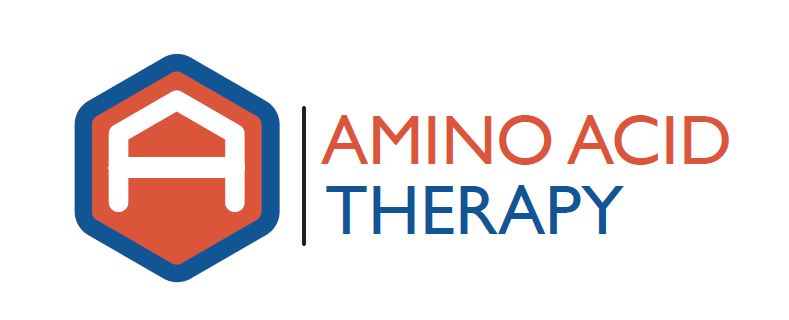 Neurotransmitter dysfunction is the root cause of a whole host of disorders, including depression, anxiety, insomnia, OCD, ADD/ADHD, migraines, trichotillomania, RLS and Parkinson’s disease. Every disorder that has been linked to centrally acting monoamines (i.e., serotonin, dopamine, norepinephrine and/or epinephrine) occurs because inadequate amounts of serotonin, dopamine, norepinephrine and/or epinephrine exists. In order to optimize neurotransmitter function, the total number of these neurotransmitters needs to be increased in the system, the synapse or both.
Neurotransmitter dysfunction is the root cause of a whole host of disorders, including depression, anxiety, insomnia, OCD, ADD/ADHD, migraines, trichotillomania, RLS and Parkinson’s disease. Every disorder that has been linked to centrally acting monoamines (i.e., serotonin, dopamine, norepinephrine and/or epinephrine) occurs because inadequate amounts of serotonin, dopamine, norepinephrine and/or epinephrine exists. In order to optimize neurotransmitter function, the total number of these neurotransmitters needs to be increased in the system, the synapse or both.
There are three primary variables that affect synaptic neurotransmitter levels: neurotransmitter synthesis, neurotransmitter metabolism and neurotransmitter transport. Based on the research of Marty Hinz, MD, Alvin Stein, MD and Thomas Uncini, MD, it appears that transport dominates, controls and regulates neurotransmitter synthesis and metabolism (for more information, please read The dual-gate lumen model of renal monoamine transport and APRESS: apical regulatory super system, serotonin, and dopamine interaction). Because neurotransmitter transport is so important to understanding the process of amino acid therapy and why it works, we will spend some time in this post further explaining how this process works.
Neurotransmitter Transport – Establishing Lines of Communication
Fundamental to the understanding of why amino acid therapy works is to understand that neurotransmitters are basically chemical messengers that deliver information throughout the body. Neurotransmitters (and the neurons that deliver them) act as lines of communication between the brain and the rest of the body. If neurotransmitter function is somehow impaired, communication begins to break down and any number of symptoms can result.
Serotonin, dopamine, norepinephrine and epinephrine (along with their amino acid precursors – L-tryptophan, 5-HTP, L-tyrosine and L-dopa) are water soluble. In order for them to be transferred across the plasma membrane of cells (which is made up of lipids/fats) they must be transported through the cell membrane via specialized “gates” called transporters. In order for communication to run smoothly, the neurotransmitters and their amino acid precursors must be transported across various cell membranes to facilitate neurotransmitter synthesis and metabolism. Transporters also control and regulate synaptic neurotransmitters levels by way of reuptake transporters into the presynaptic neurons. This is why neurotransmitter transport is so crucial to understanding why amino acid therapy works: the transportation of amino acids and neurotransmitters across the cell membrane is the critical factor in establishing proper neurotransmitter synthesis and metabolism. In essence, neurotransmitter transport is responsible for whether or not there is a communication breakdown (which leads to symptoms), and it is with the transporters that we must focus our attention if we want to reestablish proper neurotransmitter function.
There are many types of transporters in the body, but the dominant transporter system with regards to serotonin and dopamine synthesis, metabolism and reuptake is the Organic Cation Transporter Type 2 (OCT-2). We will discuss how this transporter works and how we can optimize it’s function using amino acid therapy in our next post (LINK TO PART 2).

